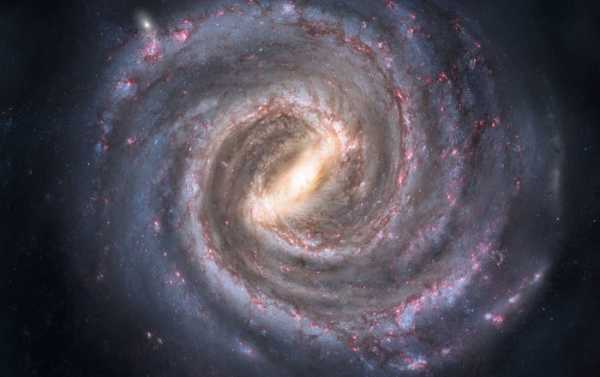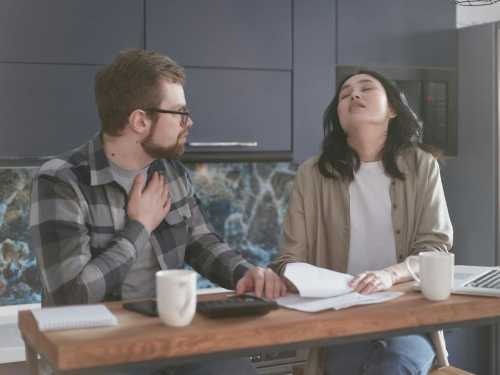
In the 1920s, George Lemaitre suggested, and Edwin Hubble observed, that the universe is expanding at an accelerating rate. The different methods used to measure that rate are yielding irreconcilable results – but a new study suggests that the problem is that they are not measuring the same thing.
Lucas Lombriser, a theoretical physicist at the University of Geneva in Switzerland, has proposed a new theory explaining the conundrum around the expansion rate of the universe.
The scientific consensus is that the universe began around 13.8 billion years ago from a single point and has since then been expanding, with galaxies drifting apart from each other.
The Hubble-Lemaitre law
That theory was first suggested by Belgian astronomer George Lemaitre in the 1927; his American counterpart Edwin Hubble found proof that the universe is expanding in 1929 through an analysis of galactic red shifts.
Their findings provided the basis for the Hubble-Lemaitre law, a bedrock of cosmology that describes how the objects in the universe are moving away from each other with a velocity proportionally related to their distance. In brief, the farther the galaxy, the faster it is receding from us.
Astronomers largely agree that this process is driven by dark energy, a theoretical form of energy thought to comprise most of the universe. They have had more trouble calculating its speed, represented by the Hubble constant.
The cosmic conundrum
To find out its value, astronomers have measured the two key distance markers: the cosmic microwave background (leftover radiation from the Big Bang) and a special type of supernova that appears in distant galaxies. Both methods are considered reliable but have produced significantly different results as well as a great deal of confusion.
These methods are predicated on the notion that our universe is homogenous, but Lucas Lombriser says that might not be the case.
The Hubble Bubble
He suggests that matter is distributed unevenly across the universe at the inter-galactic scale. For the two conflicting methods to be reconciled, the Milky Way should be entrapped in a “bubble” where the density of the matter is 50 percent lower that outside it.
It should have a diameter of 250 million years to include the galaxy with the supernova that serves as a reference for estimating distances. The calculations then, he said, would agree with those obtained measuring the cosmic microwave background.
This vast lower-density area is aptly called the “Hubble Bubble”.
“The probability that there is such fluctuation on this scale is one in 20 to one in 5, which means that it is not a theoretician’s fantasy,” he adds. “There are a lot of regions like ours in the vast universe.”
He also believes that his approach will erase this divergence without inventing any “new physics”.
Sourse: sputniknews.com






